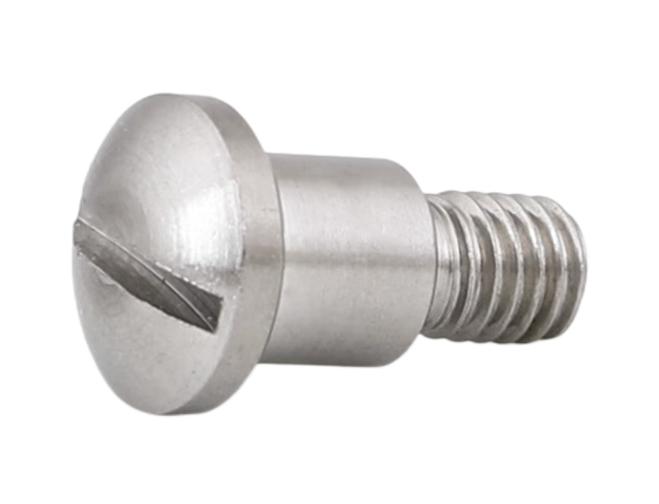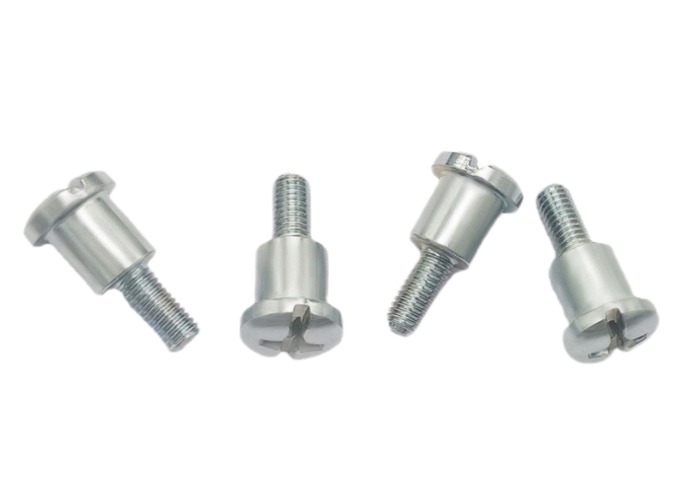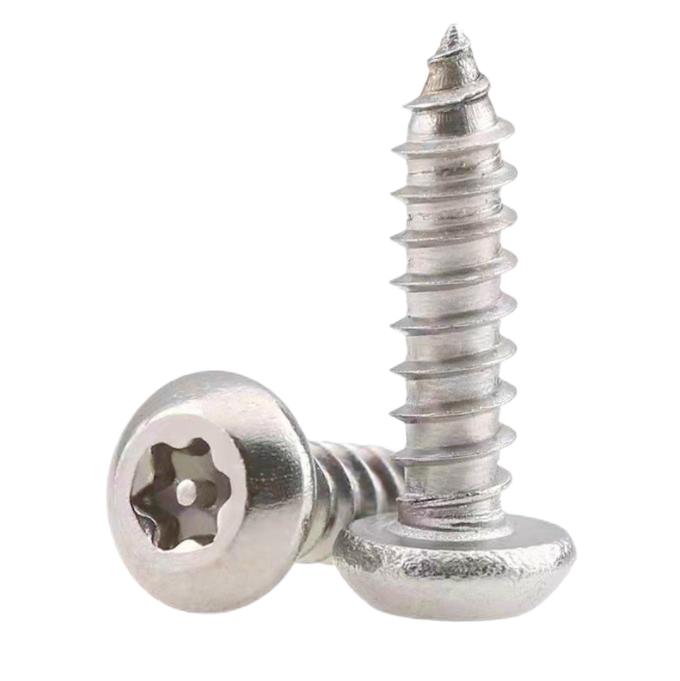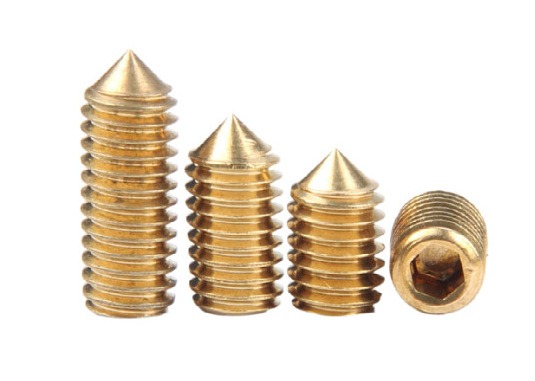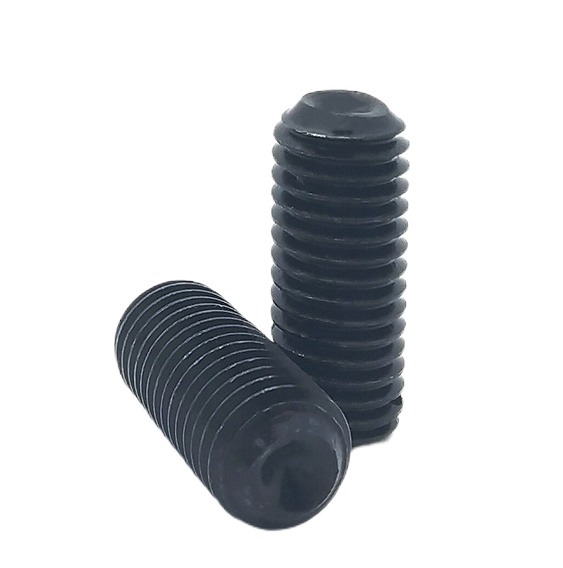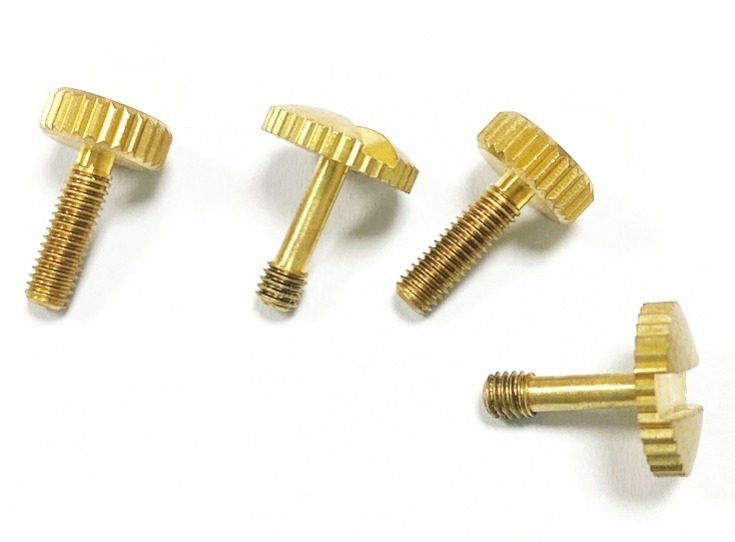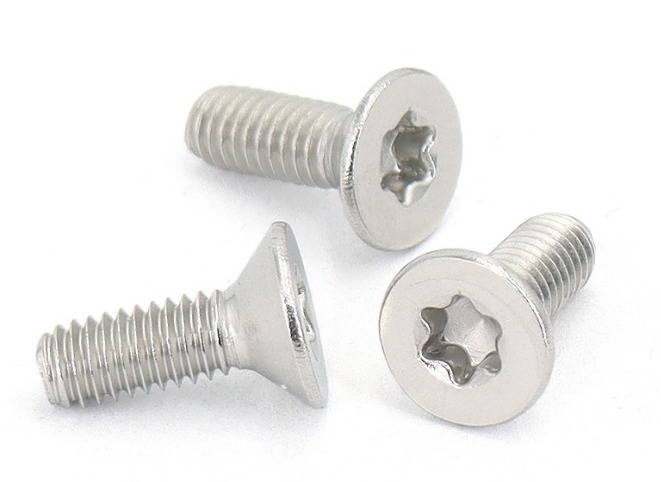Set Screws vs. Headless Screws: Which One to Choose
Set screws and headless screws are two types of fasteners that are used to secure objects in place. Set screws have a head, while headless screws do not. This difference in head design has a number of implications for the applications in which each type of screw is best suited.
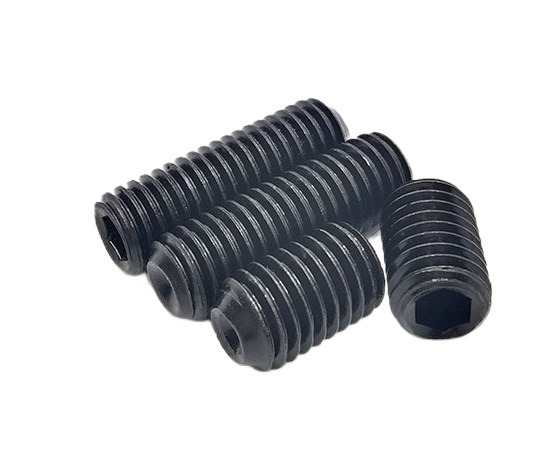
The Differences Between Set Screws and Headless Screws
Head
The head of a set screw is typically made from a harder material than the body of the screw. This is because the head of the screw is the part that is most likely to be subjected to wear and tear. The head of a set screw can be slotted, hex, or square.
The head of a headless screw is typically a socket head. Socket heads are designed to be turned with a socket wrench or Allen wrench. Socket heads are available in a variety of sizes, so you can choose the right size for the application.
Drive
The drive is the part of the screw that is used to turn it. The drive of a set screw can be slotted, hex, or square. The drive of a headless screw can be slotted, hex, or Allen.
Slotted drives are the most common type of drive. They are easy to use and can be turned with a variety of tools, including screwdrivers and wrenches. Hex drives are also a common type of drive. They are more secure than slotted drives and can be turned with a hex wrench. Square drives are the least common type of drive. They are very secure and can be turned with a square wrench.
Application
Set screws are typically used in applications where the head of the screw needs to be flush with the surface of the object. This is often the case in applications where the screw is not visible, such as in electrical equipment. Set screws are also used in applications where the head of the screw needs to be able to withstand a lot of torque, such as in machinery.
Headless screws are typically used in applications where the head of the screw needs to be hidden. This is often the case in applications where the screw is used to secure a decorative object, such as a piece of furniture. Headless screws are also used in applications where the screw needs to be able to withstand a lot of vibration, such as in automotive applications.
Other Differences
In addition to the differences in head and drive, there are a few other key differences between set screws and headless screws.
- Set screws are typically made from harder materials than headless screws. This is because set screws need to be able to withstand more torque.
- Set screws are typically threaded the entire length of the screw. Headless screws are typically threaded only part of the way down the screw.
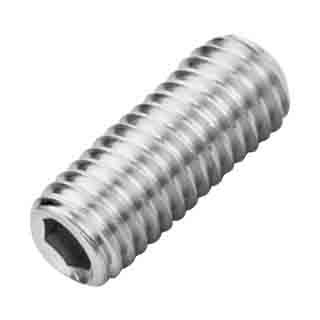
Factors to Consider for Selecting the Right Screw Between Set Screws and Headless Screws
When selecting the right screw for a particular application, there are a few factors to consider:
- Material of the object you are securing. The screw material should be compatible with the material of the object you are securing. For example, you would not want to use a steel screw to secure a plastic object, as the steel screw could corrode the plastic.
- Size of the screw. The size of the screw should be appropriate for the size of the hole in the object you are securing. If the screw is too small, it will not be able to hold the object securely. If the screw is too large, it will damage the object.
- Type of drive. The type of drive should be appropriate for the tools you have available. For example, if you do not have a hex wrench, you will not be able to use a hex-drive screw.
- Application. If the head of the screw needs to be flush with the surface of the object, you will need to use a set screw. If the head of the screw needs to be hidden, you will need to use a headless screw.
In addition to these factors, you may also want to consider the following:
- Torque rating. The torque rating of a screw indicates how much force can be applied to the screw before it starts to strip. If you are securing an object that will be subjected to a lot of torque, you will need to use a screw with a high torque rating.
- Thread pitch. The thread pitch of a screw indicates how far apart the threads are. A finer thread pitch will provide a tighter grip, but it will also be more difficult to turn.
- Length. The length of the screw should be long enough to secure the object, but not so long that it protrudes from the object.
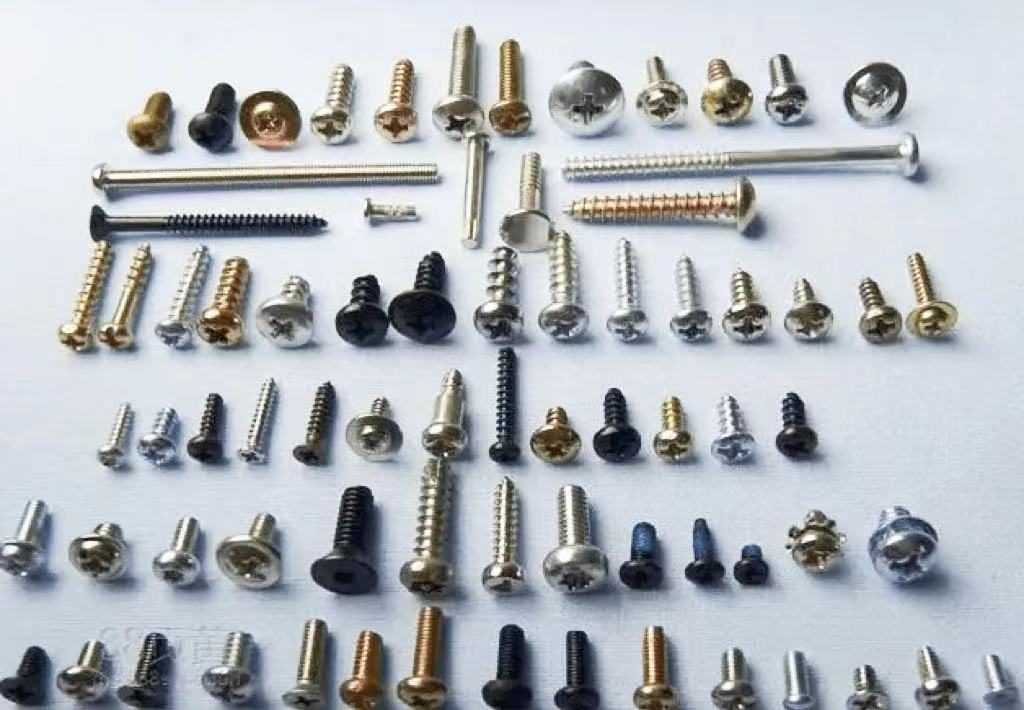
Conclusion
Set screws and headless screws are both types of fasteners that can be used to secure objects in place. The main difference between set screws and headless screws is that set screws have a head, while headless screws do not. The type of screw you need will depend on the application.

